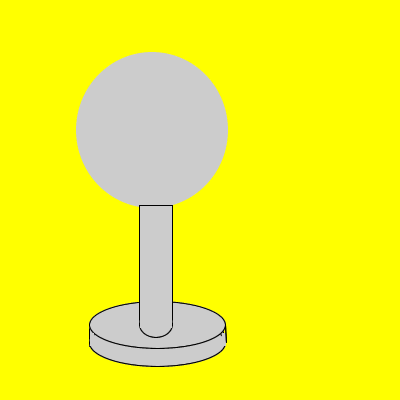Static electricity
There are two forms of electricity, static and flowing.
Static electricity is familiar to all of us and can be quite a nuisance. Walking on carpet can sometimes give you a small shock when you touch someone else or a metallic object. The Van de Graaff generator is familiar to most of us and is used in many classrooms to demonstrate build up of static electricity.
Static electricity occurs when electrons build up on the surface of insulators. Only insulators and insulated metal, can develop a buildup of charge. Unlike metals, insulators can not conduct the buildup of charge away from the source. Electrons(negative charges) build up until they start to repel each other and no more can deposit due to electrostatic forces of repulsion. The build up of charge is under immense electrical pressure and quickly flows to areas of low pressure, such as the ground, when another object connected to the ground is brought close.
Look at the animation on the right. Charge is built up by rubbing certain materials together. Electrons are forced off one material onto the other. In the case of the Van de Graaff generator electrons from a cloth are transferred onto the insulated metal head. Charge quickly flows, in spectacular fashion, when a neutral rod connected to the ground is brought close.



You can have a great deal of fun using a Van De Graaff generator.
Tape tissue papers to the generator or place a small pile of tissues on the top. Charge the generator and observe what happens.
Long tissue papers look spectacular as the generator is being charged.
Construct a vicious octopus by using a Van de Graaff generator with long strips of tissue paper attached to the dome, as shown on the right.
When charged, the tissue papers rise and move away from each other. Why?
Why do the tissue papers collapse when the generator is discharged?
When the earthing rod is brought close, the tissue papers appear to be attacking the rod.
View the video on the right.
Why do the tissue papers become attracted to the hand.
What charge is the hand?
What can you say about neutral and charged objects when they come close
to each other? Hint